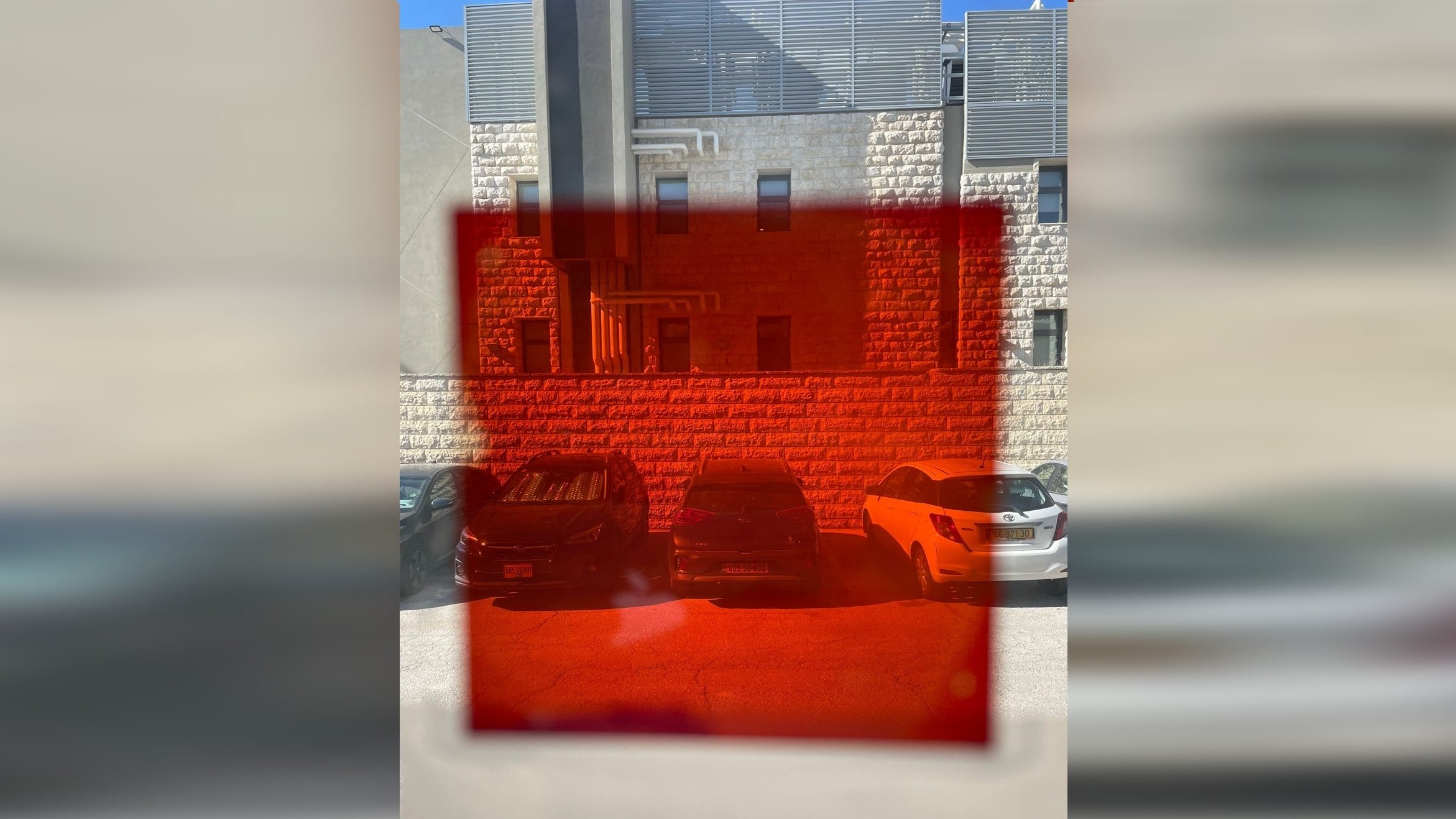‘Game-changing’ Solar Energy Could Make World’s Gardens Grow
‘Transparent’ solar cells created by Hebrew University researchers allow just the right amount of light to reach plants, while the rest is converted into electricity that can be used elsewhere
As the world focuses on energy, its cost, conservation and environmental impact, researchers at the Hebrew University of Jerusalem have developed green solar technology that they say will “change the rules of the game” when it comes to agriculture.
The creators of the new solar cells, say Prof. Haim Rabinowitch of the university’s Faculty of Agriculture, Food and Environment and Prof. Lioz Etgar of its Institute of Chemistry, say the new method will reduce the cost of energy in Israel by 75% – and could be used across the planet.
The newly developed solar cells are made with perovskite crystals instead of the traditional silicon, in what is described as “a relatively straightforward process using cheap and available materials.”
The cells are treated to become transparent to the light needed for photosynthesis (the method by which plants transform light into energy) while simultaneously producing green electricity from the light that the plants do not use.
“For years it has been obvious that most light energy in agricultural greenhouses is wasted, as plants use only a fraction of the sunlight energy, while the rest is radiated back into the atmosphere,” says Prof. Etgar.
“Our solution maximizes the production of solar electricity on agricultural land by up to 300%.”
Etgar tells The Media Line that he has been working with perovskite, a far more environmentally friendly mineral than the silicon metalloid, for more than a decade. “I didn’t even consider working on silicon,” he says.
The cells should be on the market within three to four years, Etgar says.
Give the gift of hope
We practice what we preach:
accurate, fearless journalism. But we can't do it alone.
- On the ground in Gaza, Syria, Israel, Egypt, Pakistan, and more
- Our program trained more than 100 journalists
- Calling out fake news and reporting real facts
- On the ground in Gaza, Syria, Israel, Egypt, Pakistan, and more
- Our program trained more than 100 journalists
- Calling out fake news and reporting real facts
Join us.
Support The Media Line. Save democracy.


According to Prof. Rabinowitch, the use of a semi-transparent material is key to the storage of electricity from the new solar cells.
“Plants need only 10% of the total light energy for photosynthesis, all the rest of it actually goes out as heat,” he tells The Media Line. “Why can’t I use this energy in order to generate electricity? But we cannot do it with silicon because I cannot make silicon semi-transparent, so what we were able to do is to open a window in the [cell] so it absorbs all the light but what I need for photosynthesis.”
This surplus energy is no longer transformed into the heat that is typical of greenhouses, despite the plants not actually needing high temperatures to thrive, and this effectively creates a more ideal environment for crops to grow.
“Plants are ‘cold blooded,’ so between 15 and 25 degrees centigrade would be optimal,” Rabinowitch explains. “They actually do everything possible in order to reduce this temperature in order to survive under hot conditions.”
With their transparent nature, the cells can completely cover an area used for agriculture, such as fields and greenhouses, without blanketing the plants below in darkness, disrupting natural habitats or causing damage to the environment.
The same principle applies to bodies of water that are now being used for “floating islands” of traditional solar panels that block out the light to the water and its inhabitants below.
“There is a tendency now to cover water bodies with floating islands, floating PVs [photo-voltaic panels] in order to save land,” says Rabinowitch. “What happens under these silicon PVs is darkness. If there is darkness there is no algae, if there is no algae there is no food for fish, [therefore] no excretion of fish. So there is no nitrogen, no phosphorus.”
Placing these PV panels on a body of water, he says, turns it into “an underwater desert” that is deadly to the ecosystem that lives in it.
“By letting the algae grow, we are actually keeping the water body alive,’ Rabinowitch says.
Etgar says that the cells could even make electricity production the priority, making them suitable for purposes other than agriculture.
“If you want tomorrow to produce the highest electricity [output] you can tailor the properties and then you can put it on the roof just for this purpose,” he says.
“Technically it can do [it] but you need to tailor it according to the application.”
Rabinowitch believes the technology could revolutionize poorer countries where communities suffer from a lack of both water and electricity, but sunshine is in abundance.
“They can desalinate water using solar energy,” he says. “Think about the Sahara Desert, where actually underneath there is an ocean of salty water. If you can put a farm with such a facility, you can pump saline water from the underground water, desalinate it, use it for growing crops and generate electricity required at the same time.”
This new technology, Rabinowitch says, means “turning a desert into a garden of Eden is not only a phrase.”

